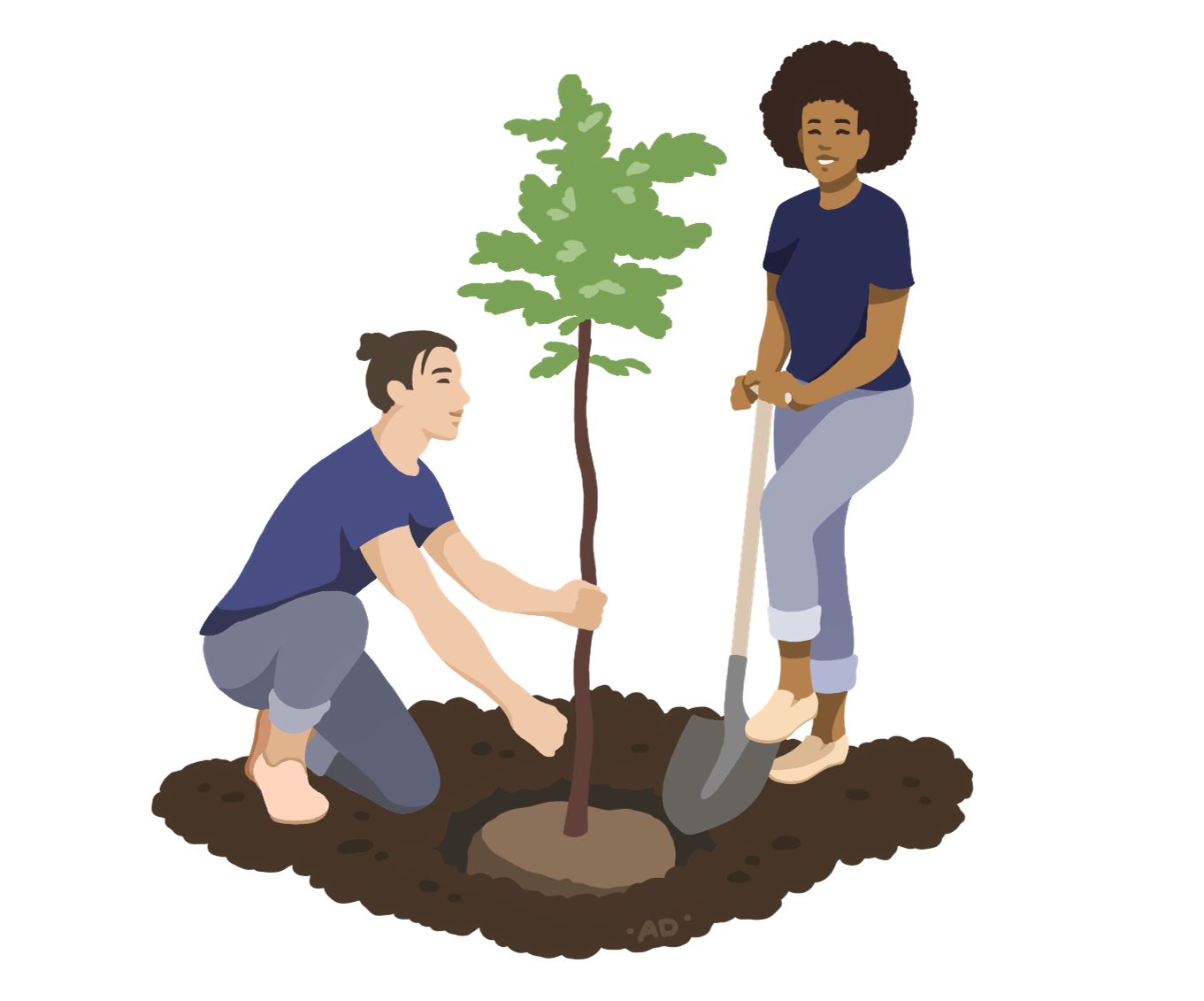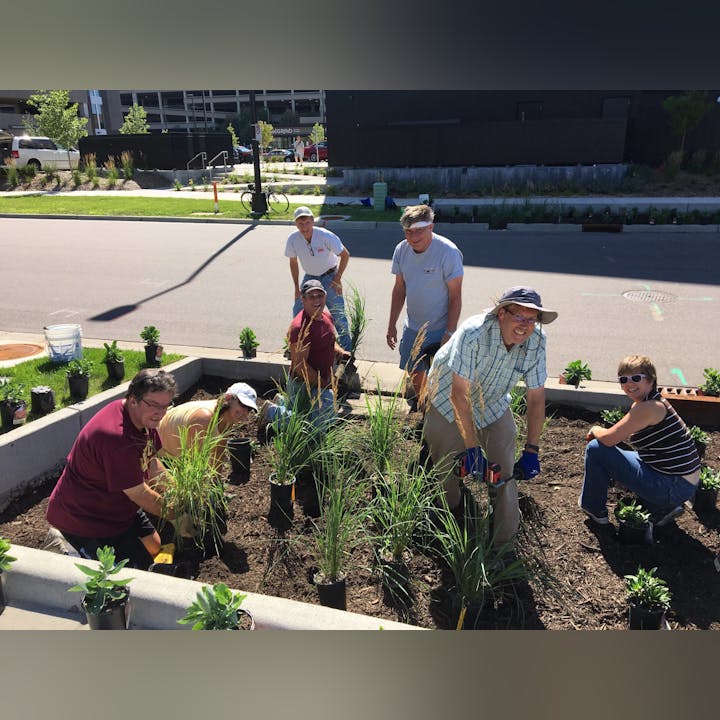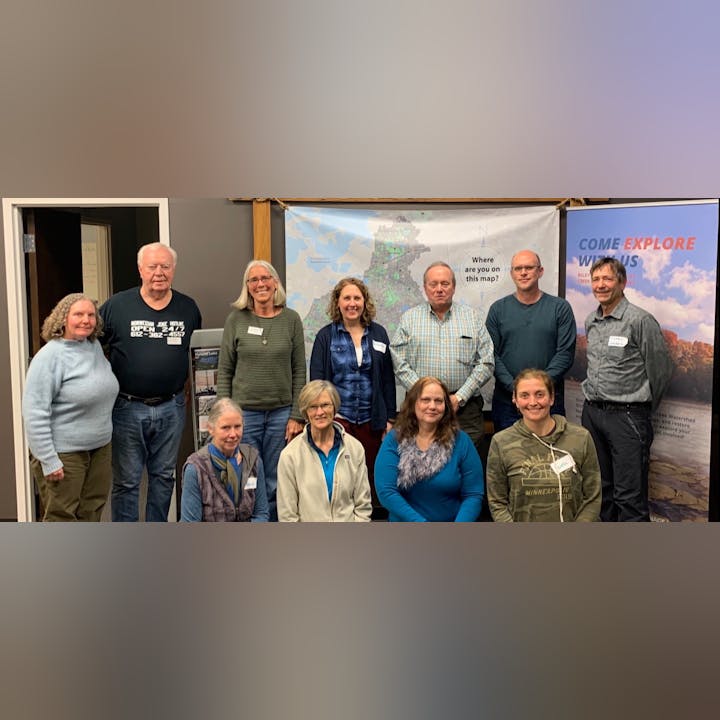Volunteer
Fostering stewardship and growing capacity through fun, impactful volunteer opportunities.
The RPBCWD volunteer program supports the watershed district’s mission to protect, manage, and restore waters resources by engaging community members in stewardship opportunities. The district strives to create meaningful experiences for volunteers, while growing its own capacity to protect clean water.
Looking to organize a community clean-up event? Borrow one of our clean up kits! Live on a lakefront property with a dock? Help us monitor for aquatic invasive species. Perhaps you'd like to be a voice for clean water by applying to join our Citizen Advisory Committee, or become an active volunteer by becoming a Minnesota Water Steward. Maybe you're a college student looking for hands-on experience, or a community member looking to get your hands dirty at a native planting event. However you'd like to get involved, we're here to help. Don't see an opportunity that's right for you? Fill out the volunteer application at the bottom of this page, and we'll try to connect you with an opportunity that fits your talents and interests.

Clean water starts with you!
You don't have to leave your yard to be able to have an impact on clean water. Here are five ways to get involved at home.
- Mow high. The taller you keep your grass, the deeper their roots grow, allowing them to better take up water and nutrients. This helps reduce the amount of water that flows over your yard and into a nearby stormdrain. Learn more about water-saving lawn care.
- Adopt a Drain. Storm drains flow directly into our lakes and creeks, carrying leaves, trash and other debris and nutrients that can, in abundance, harm our waters. Help keep our waters clean by locating a storm drain near your home and pledging to keep it clean. Learn more at adopt-a-drain.org.
- Skip the salt. Did you know that salt is ineffective when pavement temps drop below 15°F? You can reduce the need for salt AND help protect our freshwater resources by shoveling immediately after a snowfall to prevent ice from forming. If you still need a little traction, try using a bit of sand. Learn more about the negative impacts of salt.
- Plant a tree. Trees on your property provides a full range of ecosystem services, and are an excellent way to minimize stormwater runoff. The roots of a tree not only take in water but also create healthy soil conditions which promote better infiltration.
- Swap out your lawn. Fescue grasses require less water and have longer roots than turf grass, helping to draw water back into the ground and minimizing runoff. They're also drought tolerant and require less mowing. Learn more about turf alternatives.
Find a Volunteer Activity
There are so many ways to have a positive impact on our waters, and we can’t do it all alone. Browse below to find a volunteer opportunity that's right for you.

.jpg?ixlib=rb-1.1.0&or=0&w=720&h=720&fit=fill&fill=blur&auto=format%2Ccompress&s=6b67b4d72979650e995045ab353eda16)




